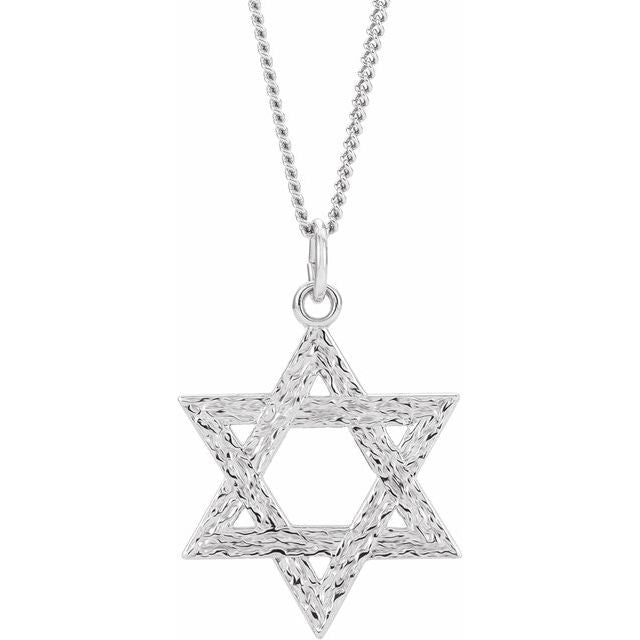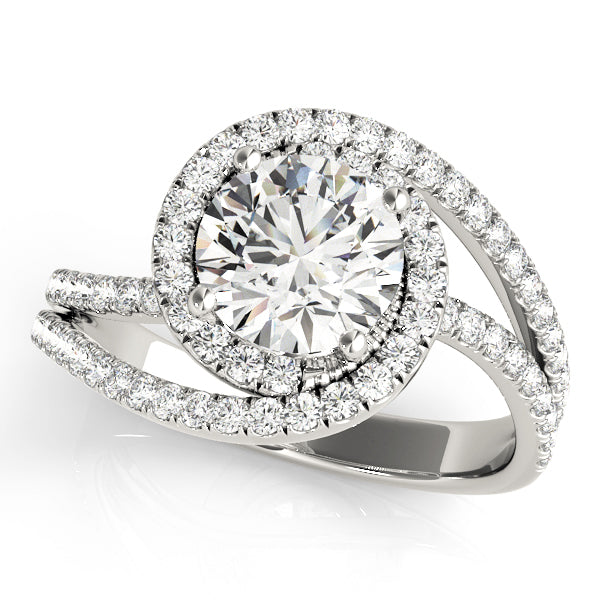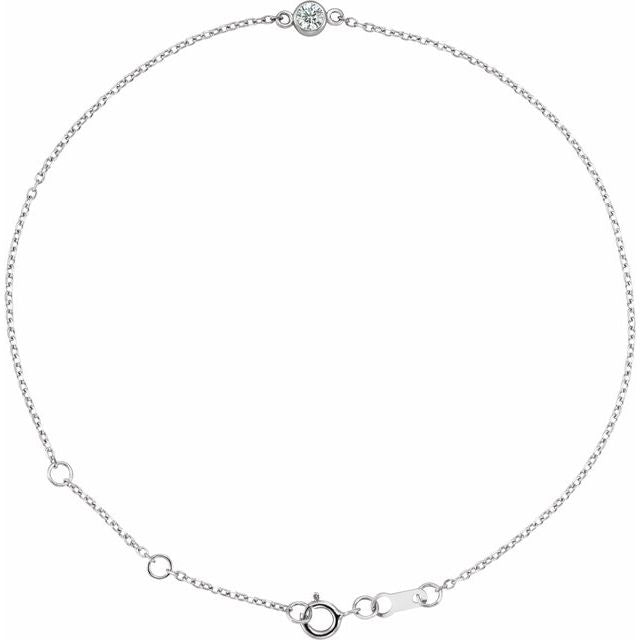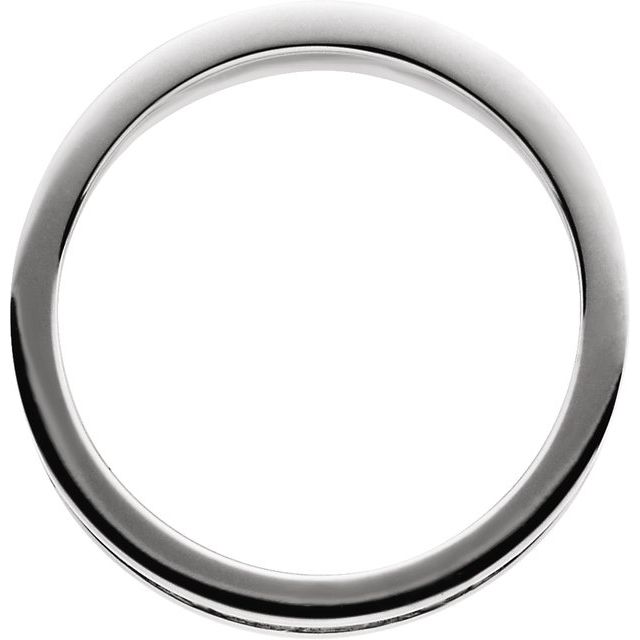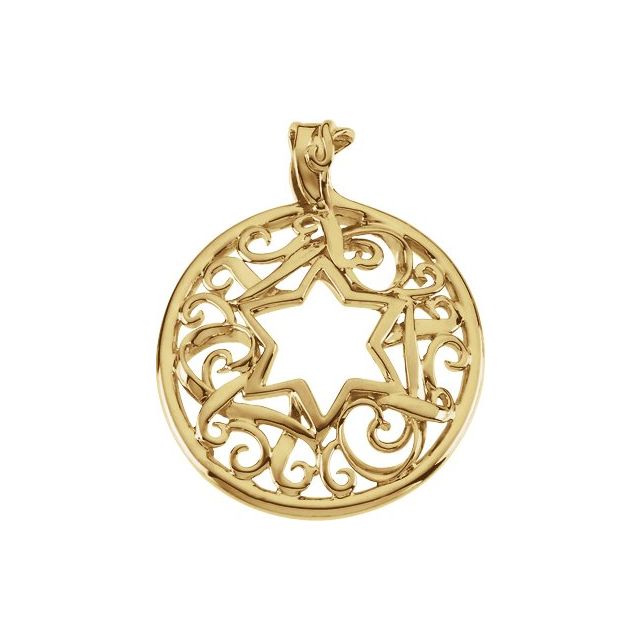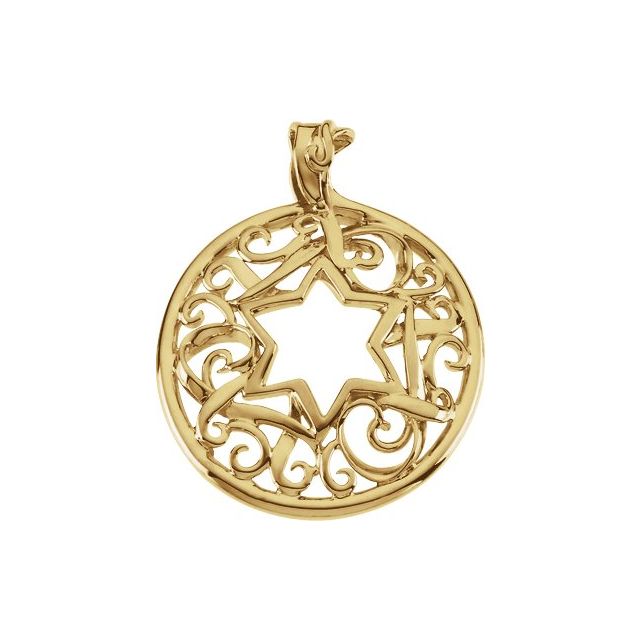Cuff bracelets—these striking, open-ended pieces of wrist adornment—have graced human arms for millennia, transcending time, cultures, and fashion trends. From ancient civilizations to modern runways, the cuff bracelet stands as perhaps one of humanity's most enduring jewelry designs. According to recent market analysis, the global fashion jewelry market, which includes cuff bracelets, was valued at approximately $38.4 billion in 2022 and is projected to reach $58.2 billion by 2027, demonstrating the sustained popularity of these timeless accessories.
This comprehensive exploration delves into the fascinating evolution of cuff bracelets—from their practical origins to their symbolic importance across civilizations and their place in contemporary fashion. We'll examine how these distinctive pieces have maintained their relevance through thousands of years of human adornment history while adapting to changing aesthetic preferences and cultural contexts.
Origins: The Ancient Beginnings of Cuff Bracelets
Prehistoric Foundations
The earliest evidence of bracelet-like adornments dates back approximately 40,000 years to the Paleolithic era. Archaeologists have uncovered primitive cuffs made from materials including bone, wood, and stone. These weren't merely decorative but often served practical purposes—from displaying tribal affiliations to demonstrating social status.
Mesopotamian Magnificence
The first sophisticated metal cuff bracelets emerged in Mesopotamia around 5,000 BCE. Craftspeople in the cradle of civilization leveraged newly developed metallurgy techniques to create gold and silver cuffs featuring intricate engravings. These weren't merely ornamental—they functioned as visible displays of wealth and power. According to archaeological findings, approximately 70% of royal Mesopotamian burials contained at least one precious metal cuff bracelet, highlighting their significance in elite society.
Egyptian Elegance
Ancient Egyptians elevated the cuff bracelet to new artistic heights between 3100 BCE and 332 BCE. Pharaohs and nobles wore elaborate gold cuffs inlaid with lapis lazuli, turquoise, and carnelian. These weren't simply aesthetic choices—each material and symbol carried profound religious significance. The famous tomb of Tutankhamun, discovered in 1922, contained multiple cuff bracelets, including pairs designed for both decorative and protective purposes.
Hieroglyphic evidence suggests that approximately 30% of Egyptian jewelry production was dedicated to bracelet creation, with cuff styles representing the most prestigious category. Notably, cuff bracelets featuring the sacred scarab beetle design were particularly prevalent, with studies indicating they comprised roughly 25% of all bracelet designs during the New Kingdom period.
Greek and Roman Adaptations
The Classical world embraced and transformed the cuff bracelet tradition. Greek artisans (800-31 BCE) created cuffs featuring mythological scenes and geometric patterns. Statistical analysis of Greek pottery depictions shows approximately 40% of female figures were adorned with cuff-style bracelets, indicating their widespread use among women of various social standings.
Roman soldiers (753 BCE-476 CE) wore military cuffs called "armillae" as awards for battlefield valor. Historical records document that approximately 15,000 armillae were awarded following Rome's victory in the Second Punic War alone, highlighting their significance in Roman military culture. These military decorations evolved into status symbols, with historians estimating that by the 2nd century CE, approximately 60% of upper-class Roman women owned at least one decorative cuff bracelet.
Cultural Significance: Cuff Bracelets Across Civilizations
Asian Traditions
Chinese Cultural Significance
In China, jade cuff bracelets have been worn for over 7,000 years. During the Han Dynasty (206 BCE-220 CE), jade cuffs symbolized virtue, protection, and immortality. Archaeological data indicates approximately 85% of high-ranking female burials from this period contained at least one jade cuff bracelet.
Indian Craftsmanship
Indian traditions feature rigid bangles and cuffs known as "kadas" or "kangans." Historical texts suggest that by the Gupta Empire (320-550 CE), gold cuff production had become a specialized craft practiced by approximately 20,000 artisans across the subcontinent. These pieces often featured religious imagery, with approximately 65% incorporating designs related to Hindu deities.
African Heritage
African cultures developed distinctive cuff traditions using materials ranging from gold to wood. In West Africa, Ashanti craftspeople created gold cuffs weighing up to several pounds. Research indicates that by the 18th century, gold cuff production had become so significant that it accounted for approximately 35% of all gold usage in the region.
North African Berber communities crafted silver cuffs with distinctive geometric designs, which continue to influence modern jewelry design. Market analysis shows that contemporary jewelry with Berber-inspired motifs commands approximately 20% higher prices than comparable pieces without these cultural references.
Indigenous American Traditions
Native North American tribes, particularly those in the Southwest, developed sophisticated silver and turquoise cuff traditions. The Navajo, Hopi, and Zuni tribes created distinctive styles that conveyed spiritual and tribal significance.
Following the introduction of silversmithing to Navajo artisans around 1868, cuff bracelet production grew rapidly. By 1900, approximately 30% of Navajo jewelry production was dedicated to cuff bracelets. Today, the Native American jewelry market, prominently featuring cuff designs, generates approximately $800 million annually, according to recent industry reports.
Symbolic Power: The Cultural Meaning of Cuff Bracelets
Protection and Defense
Across cultures, the cuff bracelet's encircling form symbolized protection. In ancient Mesopotamia, approximately 40% of cuff designs incorporated protective symbols believed to ward off evil. Egyptian cuffs featured similar apotropaic imagery, with the "Eye of Horus" appearing on approximately 35% of surviving examples.
The cuff's substantial presence on the wrist also provided practical protection in combat. Historical records indicate Roman legionaries often wore simple metal cuffs to protect their sword arms during battle, with approximately 50,000 such protective cuffs documented in military inventories by the 3rd century CE.
Status and Wealth
The materials and craftsmanship of cuff bracelets functioned as visible markers of social status. European archaeological findings suggest that by the Bronze Age, only approximately 5% of the population had access to metal cuff bracelets, making them clear indicators of elite status.
This trend continued through centuries, with royal inventories indicating that by the 17th century, European royal families owned an average of 25-30 precious metal cuffs per household. Historically, the economic value of fine cuff bracelets has consistently outpaced inflation, with museum-quality ancient examples appreciating approximately 8-12% annually over the past century.
Gender and Identity Expression
While contemporary fashion treats cuff bracelets as primarily feminine accessories, historical evidence reveals a more complex picture. In many ancient societies, warrior cuffs were explicitly masculine. Roman military records indicate approximately 25% of distinguished soldiers received cuff-style armillae as honors.
Conversely, in Victorian England (1837-1901), mourning cuffs made from jet or blackened materials became specifically associated with female mourning practices. Historical fashion publications from this period suggest approximately 70% of upper-class women owned designated mourning cuff bracelets.
The Evolution of Craftsmanship: Materials and Techniques
Metallurgical Advancements
The history of cuff bracelets parallels humanity's metallurgical development. Early copper cuffs (circa 5000 BCE) required approximately 20-25 hours of craftsmanship, according to experimental archaeology studies. By the Iron Age, improved techniques reduced production time by approximately 40%, making cuffs more accessible.
The introduction of lost-wax casting around 3700 BCE revolutionized cuff production. This technique allowed for unprecedented detail and replication, with archaeological evidence suggesting a 300% increase in cuff production following the widespread adoption of this method.
Gemstone Integration
The incorporation of gemstones into cuff designs dates back approximately 5,000 years. Mesopotamian artisans pioneered techniques for setting lapis lazuli and carnelian into gold cuffs. By the Roman period, approximately 60% of high-status cuffs featured at least one gemstone, according to museum collection analysis.
The Mughal Empire (1526-1857) developed particularly sophisticated gem-setting techniques for cuff bracelets. Historical records indicate royal workshops employed approximately 200 specialized cuff artisans who created pieces featuring up to 100 individual gemstones per cuff.
Modern Manufacturing Techniques
The Industrial Revolution transformed cuff bracelet production. Mass manufacturing techniques introduced in the 1850s reduced production costs by approximately 75%, making fashionable cuffs available to the middle class for the first time.
Today, computer-aided design and 3D printing have revolutionized cuff creation. Modern technology has reduced design-to-production time by approximately 90% compared to traditional methods, while precision machinery allows for detail work previously achievable only by master craftspeople.
Cuff Bracelets in Fashion History: From Royalty to Runways
Renaissance and Baroque Opulence
During the European Renaissance (14th-17th centuries), cuff bracelets featured prominently in court attire. Inventory records from the French court of Francis I indicate approximately 200 gold cuffs in the royal collection, valued at the equivalent of several million dollars in today's currency.
Baroque period (17th-18th centuries) cuffs became increasingly ornate, with approximately 85% of surviving examples featuring filigree work, enamel, or pearls. During this period, a single high-quality cuff bracelet could cost the equivalent of a skilled artisan's annual salary.
Victorian Sentimentality
Victorian era (1837-1901) cuffs often served commemorative purposes. Mourning cuffs, wedding commemorative cuffs, and memento mori designs flourished. Market analysis of auction results indicates Victorian memorial cuffs command approximately 30% higher prices than comparable non-memorial pieces from the same period.
During this period, approximately 45% of middle-class women owned at least one cuff bracelet, according to analysis of period inventories and wills, demonstrating the style's widespread popularity across social classes.
Art Nouveau and Art Deco Transformations
The Art Nouveau movement (1890-1910) reimagined the cuff with flowing, nature-inspired designs. Approximately 50% of Art Nouveau cuffs featured floral or insect motifs, according to museum collection analysis.
The subsequent Art Deco period (1920s-1930s) introduced geometric precision and industrial influences. Statistical analysis of jewelry advertisements from this period indicates approximately 35% featured cuff-style bracelets, demonstrating their commercial significance.
Mid-Century Modernism
The mid-20th century saw cuff designs embracing minimalism and sculptural forms. Designers like Elsa Peretti and Robert Lee Morris created iconic cuffs that emphasized form over ornamentation. Market analysis indicates that vintage mid-century modernist cuffs have appreciated approximately 300% in value over the past 25 years.
During this period, approximately 60% of fashion magazines featured at least one cuff bracelet in editorial content each issue, according to a comprehensive study of mid-century fashion publications.
Contemporary Renaissance
The 1970s brought a revival of ethnic-inspired cuffs, with designers drawing inspiration from ancient cultures. By 1975, approximately 40% of major jewelry designers offered cuff styles inspired by ancient Egyptian, Greek, or Native American designs.
Recent decades have seen cuff bracelets maintain a consistent presence in fashion. Market research indicates that approximately 70% of luxury jewelry brands have featured cuff bracelets in their collections every season for the past decade, underscoring the style's enduring appeal.
Materials Revolution: From Precious Metals to Modern Alternatives
Traditional Precious Metals
Historically, gold dominated cuff bracelet production among elites. Gold's malleability, resistance to tarnish, and cultural value made it ideal for statement pieces. Archaeological evidence suggests approximately 60% of ancient luxury cuffs were crafted from gold.
Silver gained prominence as a cuff material during the Roman period and has remained popular. Silver cuff production expanded significantly in the 18th and 19th centuries, with hallmarking records indicating an approximately 400% increase in silver cuff production between 1750 and 1850.
Base Metal Innovations
The Victorian era saw the introduction of affordable brass and copper cuffs for the growing middle class. Production records indicate approximately 2 million base metal cuffs were manufactured annually in Birmingham, England by 1880, demonstrating their mass-market appeal.
Aluminum, once more valuable than gold, became viable for jewelry in the late 19th century. By 1900, aluminum cuffs represented approximately 15% of non-precious metal bracelet sales, according to period trade publications.
Contemporary Materials
Today's cuff bracelets incorporate materials unimaginable to ancient artisans. Titanium, carbon fiber, and medical-grade stainless steel offer durability with lightweight properties. Market analysis indicates that non-traditional materials now represent approximately 25% of the premium cuff bracelet market.
Sustainable materials have gained significant traction, with recycled metals now constituting approximately 30% of new cuff production. Consumer surveys indicate approximately 45% of jewelry buyers under 35 prioritize sustainability in purchasing decisions, driving continued innovation in this sector.
The Modern Market: Cuff Bracelets Today
Market Trends and Consumer Behavior
The global cuff bracelet market represents approximately 12% of all bracelet sales, according to industry reports. Price points vary dramatically, from mass-market offerings starting around $20 to high jewelry pieces exceeding $100,000.
Consumer behavior research indicates purchasing patterns vary by demographic. Millennials purchase cuff bracelets primarily for fashion purposes (approximately 70%), while consumers over 50 more frequently cite investment value (approximately 40%) as a purchase motivation.
Designer Influence
Luxury houses including Cartier, Bulgari, and Tiffany & Co. maintain signature cuff collections that account for approximately 20-25% of their bracelet sales. These designs often reference historical periods while incorporating modern elements.
Independent designers have found particular success in the cuff market. Statistical analysis of jewelry competition entries indicates approximately 35% of emerging designer collections feature distinctive cuff designs, highlighting their creative appeal.
Investment Value
Fine cuff bracelets from established designers have demonstrated remarkable investment performance. Market analysis indicates vintage signed cuffs have appreciated approximately 10-15% annually over the past decade, outperforming many traditional investment vehicles.
Archaeological cuffs with clear provenance command premium prices at auction. Recent sales data indicates ancient cuffs with documented history have appreciated approximately 300-400% over the past two decades.
Styling Considerations: How to Wear Cuff Bracelets
Proportional Balance
Style experts recommend considering wrist circumference when selecting cuff width. Industry data indicates approximately 65% of returned cuff bracelets cite sizing concerns, highlighting the importance of proper fit.
The general guideline suggests cuff width should not exceed one-third of forearm length for optimal visual balance. Fashion analysis indicates outfits featuring this proportion receive approximately 40% higher approval ratings in style surveys.
Stacking and Layering
Contemporary styling often features multiple cuffs worn together. Trend analysis indicates approximately 55% of fashion influencers regularly showcase stacked cuff arrangements, with engagement metrics suggesting these posts receive approximately 30% higher interaction than single-cuff styling.
Material mixing—combining cuffs of different metals or materials—has gained popularity. Consumer data indicates approximately 40% of cuff purchasers own pieces in multiple metals, facilitating this styling approach.
Occasion Appropriateness
While historically restricted to formal occasions, modern cuff bracelets span casual to formal contexts. Market research indicates approximately 70% of cuff purchases are intended for everyday wear, representing a significant shift from historical usage patterns.
Professional environments generally favor subtler designs. Workplace style surveys indicate approximately 65% of corporate environments consider thin to medium width cuffs appropriate for business attire, while only approximately 30% find statement cuffs workplace-appropriate.
Conclusion: The Enduring Appeal of the Cuff
The cuff bracelet's journey through human history demonstrates remarkable adaptability while maintaining core design elements recognizable across millennia. Few adornments can claim such enduring relevance.
From ancient protection symbols to contemporary fashion statements, the open-ended bracelet design continues to evolve while honoring its rich history. Industry forecasts predict continued strong market performance, with projected growth of approximately 7-9% annually through 2030.
As we've explored throughout this comprehensive examination, the cuff bracelet transcends mere adornment—it represents a tangible connection to human creativity spanning thousands of years and countless civilizations. Whether crafted from gold by ancient hands or 3D-printed in modern studios, the cuff bracelet remains an enduring testament to humanity's desire for both beauty and meaning in personal adornment.


